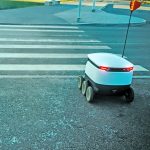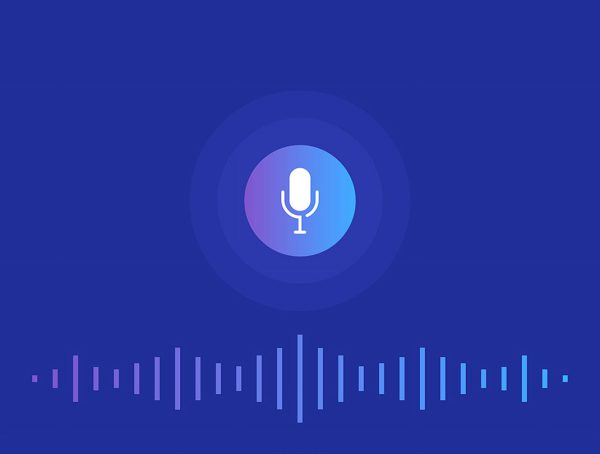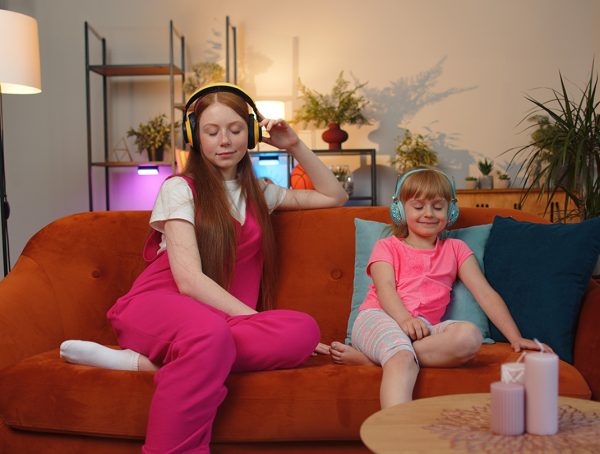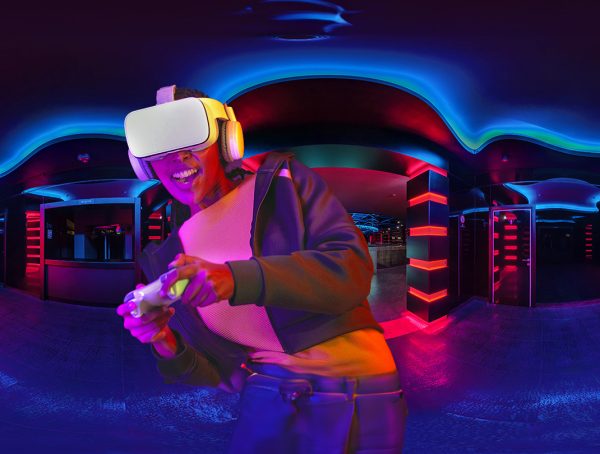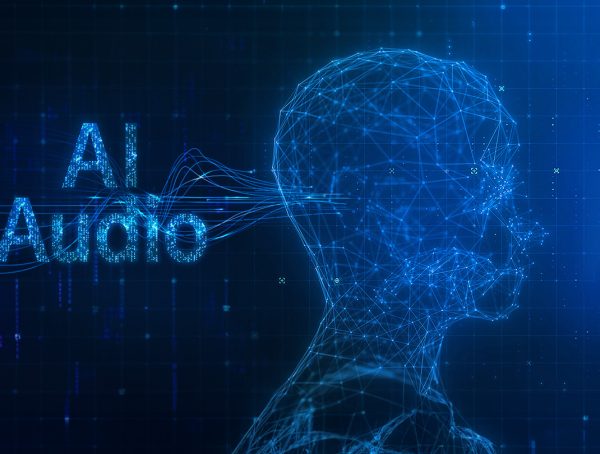Judging by the amount of attention (and sales) voice-activated speakers like Amazon Echo and Google Home are getting, it seems that 2017 is certainly the year of the voice interface. On the other hand, sitting at home, watching a movie like Ex-Machina or a TV show like Westworld, one might consider the level of artificial intelligence they depict a distant fantasy.
If you ask me, neither is accurate. Voice interfaces are gaining traction but still haven’t reached their peak. Enabling technologies are all around that can offer smarter, more efficient applications with more natural and intuitive interfaces. A voice interface with human-like intelligence, capable of understanding intonations and inflections, responding to context and anticipating our needs and desires may be closer than most people think.
I have written a series of blog posts exploring the current state and future possibilities of voice interfaces. It surveys the technologies that have enabled current proliferation of voice interfaces but also takes a critical look at the faults and drawbacks of current implementations. Finally, it explores the existing, emerging and future technologies that will eventually generate a revolution in the way we interact with machines.
Here are the links to the three parts:
- Is 2017 the year of the voice interface?
- Drawbacks and missing features in current voice interfaces
- Voice interfaces of the future: Tech that’s turning Sci-Fi into reality
I invite you also to register to my webinar:
You might also like
More from Audio / Voice
LE Audio and Auracast Aim to Personalize the Audio Experience
We live in a noisy world. At an airport trying to hear flight update announcements through the background clamor, in …
Evaluating Spatial Audio – Part 1 – Criteria & Challenges
We here at Ceva, have spoken at length about spatial audio before, including this blog post talking about what it …
AI Audio for Voice Enhancement: Deep into the Deep – Part 3
It is Tomer again with more about ENC! Throughout this journey, we've laid the foundation with an introduction and explored …










